MSU forestry professor called upon for deforestation expertise in Mayan Forest
MSU forestry professor called upon for deforestation expertise in ... Michigan State University
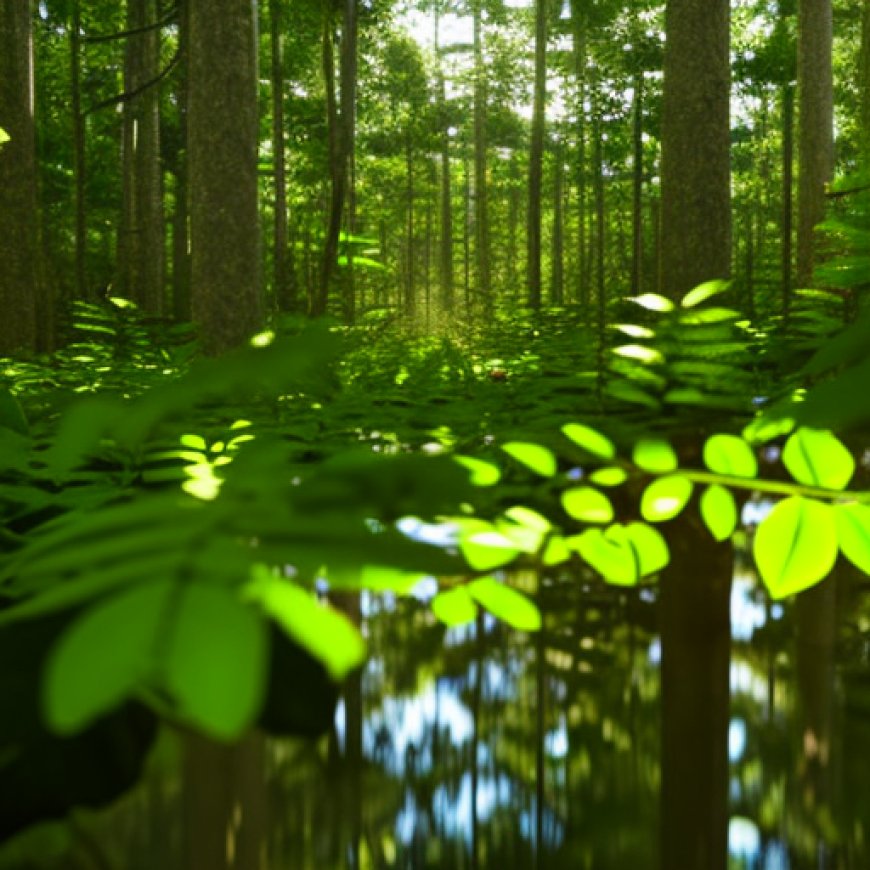

EAST LANSING, Mich.
To address deforestation and stimulate production of non-timber forest products for communities within the Mayan Forest Zone, the second largest area of tropical forest in the Americas (which includes large areas of Belize, Guatemala and the Yucatán Peninsula), David MacFarlane is working with the forest — not against it.
Introduction
MacFarlane, a professor within Michigan State University’s Department of Forestry, said he was invited with a group of entomologists in February 2020 to visit the Yucatán Peninsula in Mexico to help examine declining bee populations in light of the changing forest landscape.

Impact of Deforestation on Bee Populations
After speaking with local researchers and policymakers, MacFarlane said it became evident the negative impact deforestation was having on native bee populations.
The Yucatán Peninsula’s landscape, naturally covered by forests, has rapidly been changing because of pressures to urbanize it, as well as to clear it for agricultural purposes. That’s bad news for the bees that rely upon the forest habitats to survive.
Reinventing Ancient Mayan Practices
So, instead of clearing the forest for other uses, MacFarlane proposed a project to reinvent ancient Mayan practices that were once commonly performed within the forest. While Mayan people and their historical cultivation practices are still in the area today, their practices are under intense pressure to change from global market competition.
- The Mayans traditionally gardened the forest.
- They kept the forest layers intact.
- They cultivated the forest and opened up clearings for more annual crops, harvesting fruits and herbs.
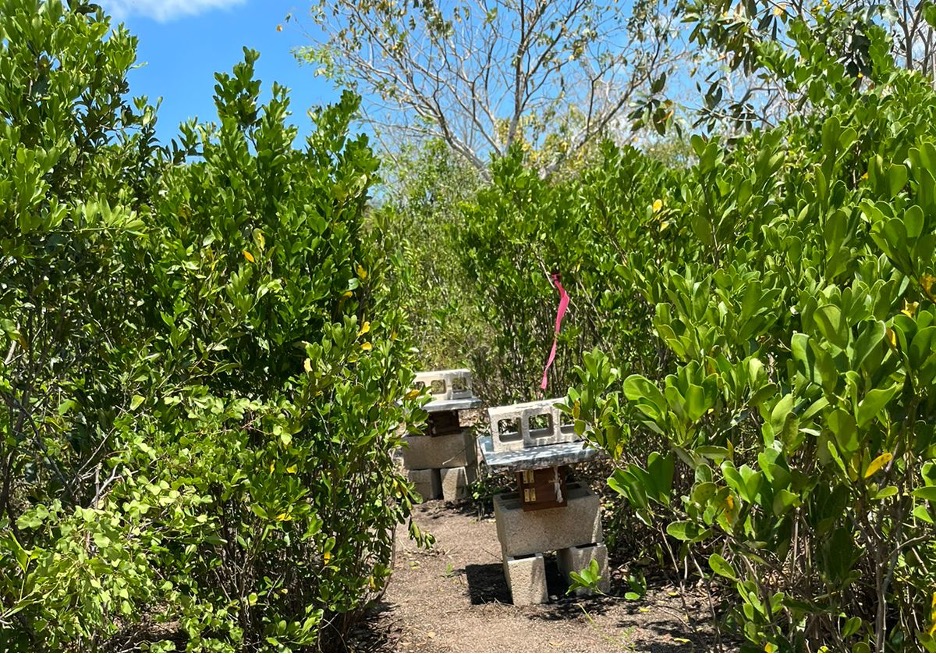
Analog Forest Systems
MacFarlane is conducting research on “analog” forest systems, which aims to economically and socially strengthen rural communities. This research emphasizes conservation of forests through the sustainable cultivation of high-value, organic forest crops informed by the traditional concept of Mayan “Forest Gardens.”
If we can increase the value of the forest and land — make the forest more valuable to people — then they would be less likely to clear them and convert them for other land uses,” said MacFarlane, whose pilot research is supported by MSU AgBioResearch.
Case Studies
As part of the bee project, MacFarlane has been working with researchers to conduct two case studies:
- The first is in the coastal mangrove forests of the region on honey production.
- The second is on vanilla production in the Yucatán Peninsula’s inland forests.
Mangrove forests not only protect the land from coastal storms, but they’re also home to 80% of the seafood species in the region.
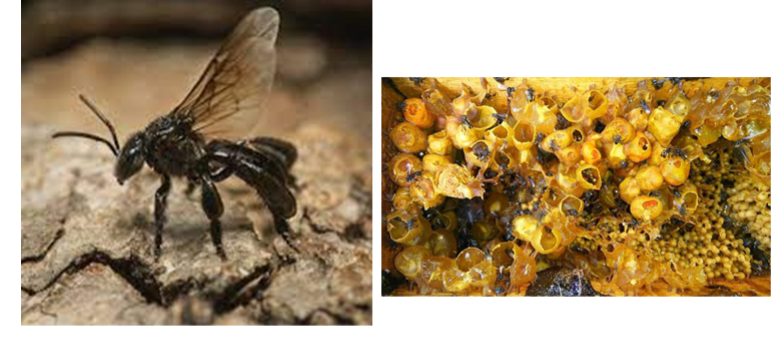
Reciprocal Relationship between Bees and Forests
Therefore, the relationship between the bees and the forests is reciprocal: The bees use the forests as habitats to produce honey, and the forests depend on the bees for regeneration.
Pilot Programs
The first boxes were introduced to the forests in January and have already resulted in honey production. MacFarlane said the study might be the first to produce mangrove honey from a native stingless bee species.
Ultimately, he wants the people of these communities to continue using this system to harvest honey and generate income to add more value to their local forests.
Reintroducing Vanilla into Forests
For the second study, MacFarlane and Quezada’s lab are experimenting with forest-grown vanilla — a high-value crop traditionally native to the region’s forests but introduced overseas after the Spanish conquered the territory. Eighty percent of all vanilla is now grown in Madagascar.
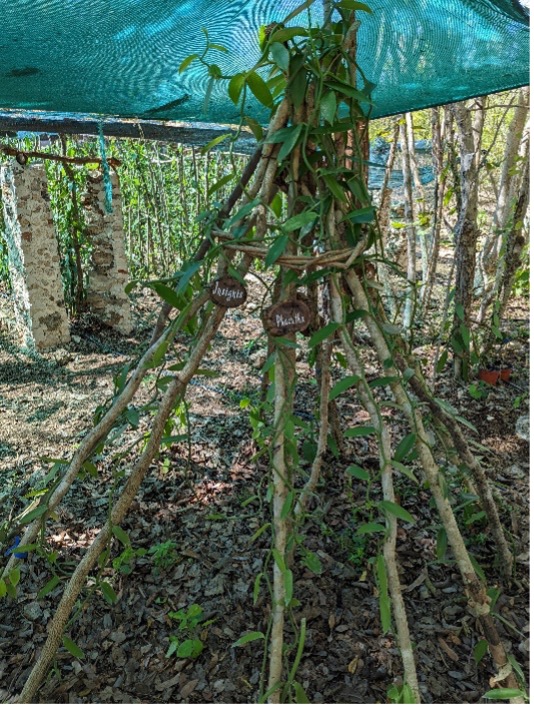
“We’re working with agronomists to reintroduce vanilla into patches of forest and to see if they can be grown organically in the forest — the way that nature intended them to grow,” MacFarlane said.
The first vanilla vines under study, planted about two and a half years ago, flowered this year. MacFarlane and his team are trying to figure out which native orchid bee species pollinate vanilla and how much production could come from natural pollination.
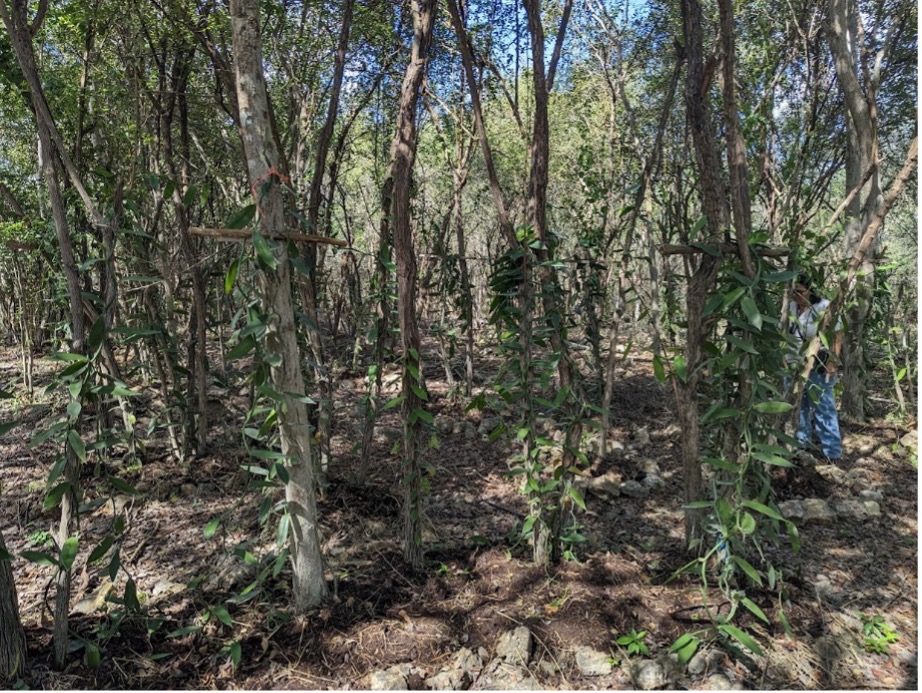
Through their initial research, the scientists discovered that natural pollination is occurring to a degree. However, it remains unknown which species is doing it.
SDGs, Targets, and Indicators
1. SDGs Addressed or Connected to the Issues Highlighted in the Article
- SDG 15: Life on Land
- SDG 12: Responsible Consumption and Production
- SDG 8: Decent Work and Economic Growth
The article primarily addresses SDG 15: Life on Land, as it focuses on addressing deforestation and promoting sustainable forest practices in the Mayan Forest Zone. It also touches on SDG 12: Responsible Consumption and Production, as the project aims to economically strengthen rural communities through the sustainable cultivation of high-value forest crops. Additionally, SDG 8: Decent Work and Economic Growth is relevant, as the project aims to generate income for local communities through the production of honey and vanilla.
2. Specific Targets Based on the Article’s Content
- Target 15.2: By 2020, promote the implementation of sustainable management of all types of forests, halt deforestation, restore degraded forests, and substantially increase afforestation and reforestation globally.
- Target 12.2: By 2030, achieve the sustainable management and efficient use of natural resources.
- Target 8.3: Promote development-oriented policies that support productive activities, decent job creation, entrepreneurship, creativity, and innovation.
The article highlights the need to address deforestation and promote sustainable forest management practices in the Mayan Forest Zone, aligning with Target 15.2 of SDG 15. The project also aims to achieve sustainable management and efficient use of natural resources, which corresponds to Target 12.2 of SDG 12. Additionally, the project aims to promote economic growth and job creation in rural communities, aligning with Target 8.3 of SDG 8.
3. Indicators Mentioned or Implied in the Article
- Indicator 15.2.1: Progress towards sustainable forest management
- Indicator 12.2.1: Material footprint, material footprint per capita, and material productivity
- Indicator 8.3.1: Proportion of informal employment in non-agriculture employment, by sex
The article doesn’t explicitly mention indicators, but we can infer some potential indicators based on the content. Indicator 15.2.1 can be used to measure progress towards sustainable forest management in the Mayan Forest Zone. Indicator 12.2.1 can measure the material footprint and productivity of the forest crops cultivated in the project. Indicator 8.3.1 can measure the proportion of informal employment generated through honey and vanilla production in rural communities.
4. Table: SDGs, Targets, and Indicators
| SDGs | Targets | Indicators |
|---|---|---|
| SDG 15: Life on Land | Target 15.2: By 2020, promote the implementation of sustainable management of all types of forests, halt deforestation, restore degraded forests, and substantially increase afforestation and reforestation globally. | Indicator 15.2.1: Progress towards sustainable forest management |
| SDG 12: Responsible Consumption and Production | Target 12.2: By 2030, achieve the sustainable management and efficient use of natural resources. | Indicator 12.2.1: Material footprint, material footprint per capita, and material productivity |
| SDG 8: Decent Work and Economic Growth | Target 8.3: Promote development-oriented policies that support productive activities, decent job creation, entrepreneurship, creativity, and innovation. | Indicator 8.3.1: Proportion of informal employment in non-agriculture employment, by sex |
Behold! This splendid article springs forth from the wellspring of knowledge, shaped by a wondrous proprietary AI technology that delved into a vast ocean of data, illuminating the path towards the Sustainable Development Goals. Remember that all rights are reserved by SDG Investors LLC, empowering us to champion progress together.
Source: canr.msu.edu

Join us, as fellow seekers of change, on a transformative journey at https://sdgtalks.ai/welcome, where you can become a member and actively contribute to shaping a brighter future.







